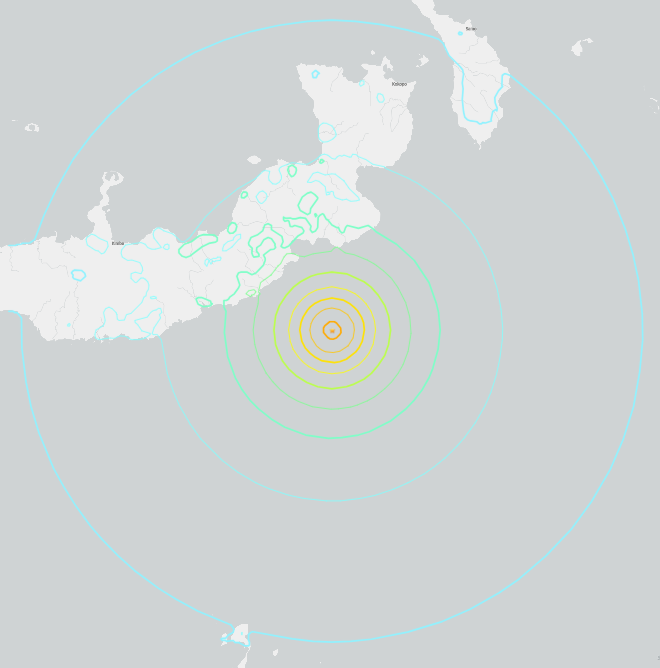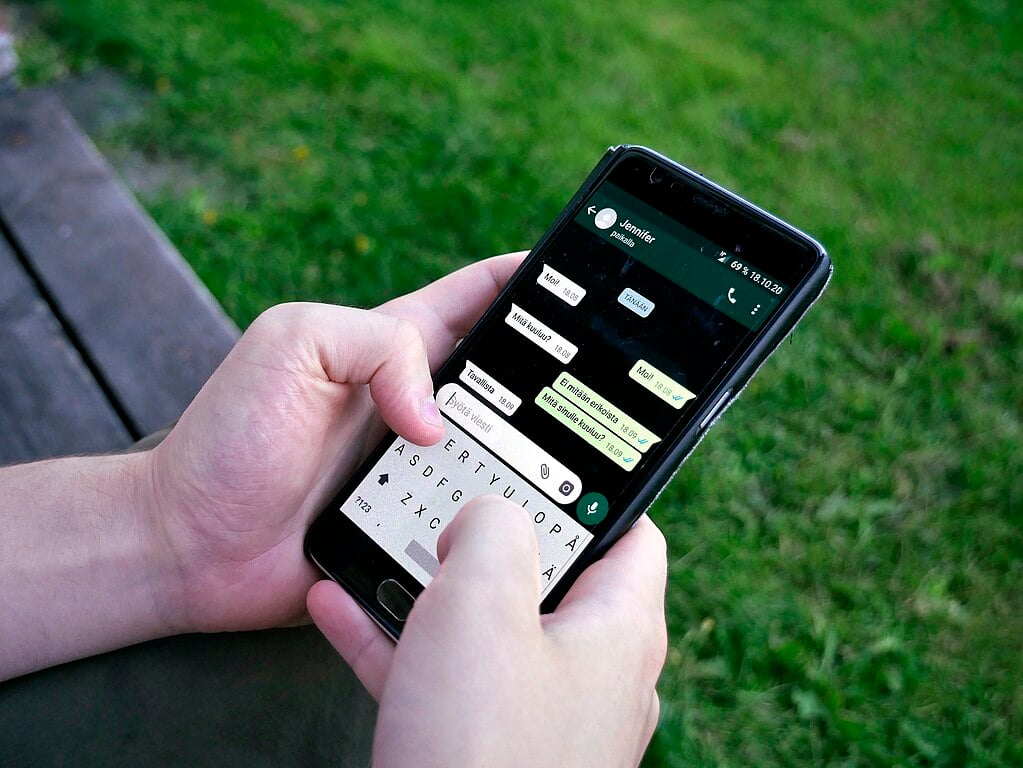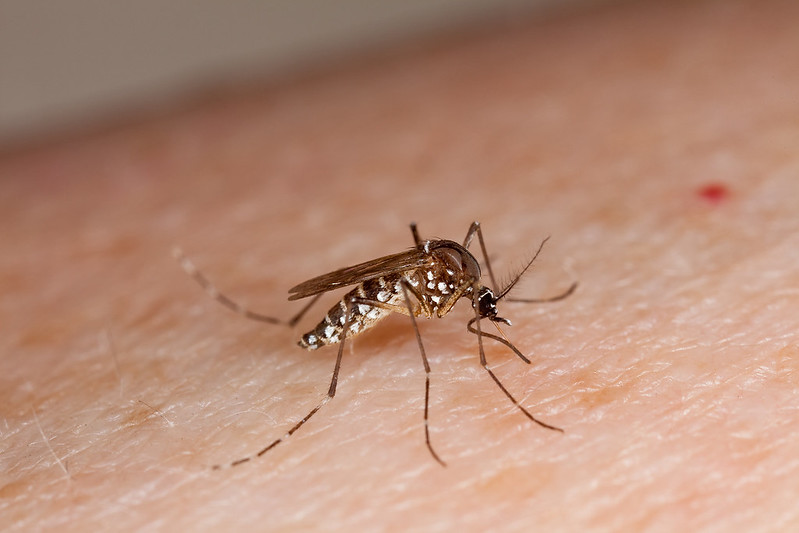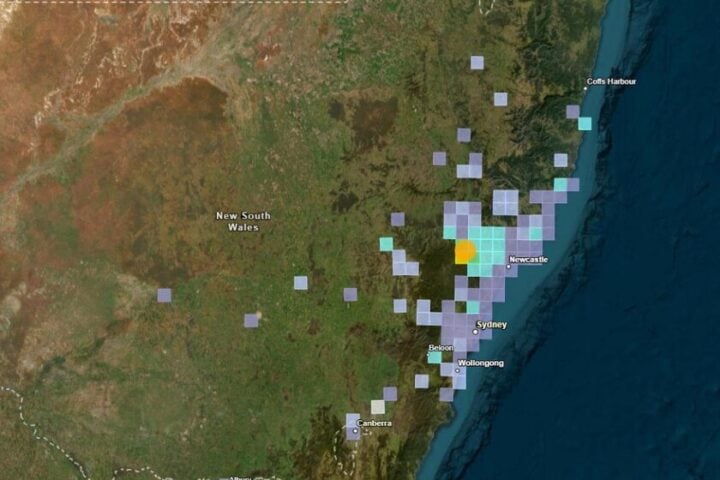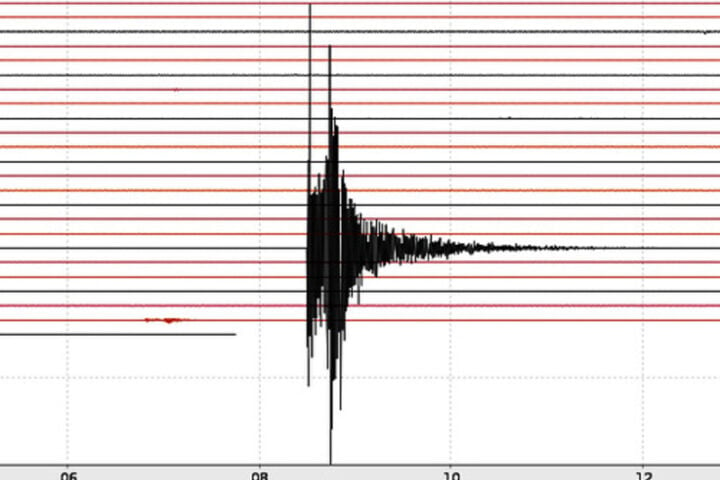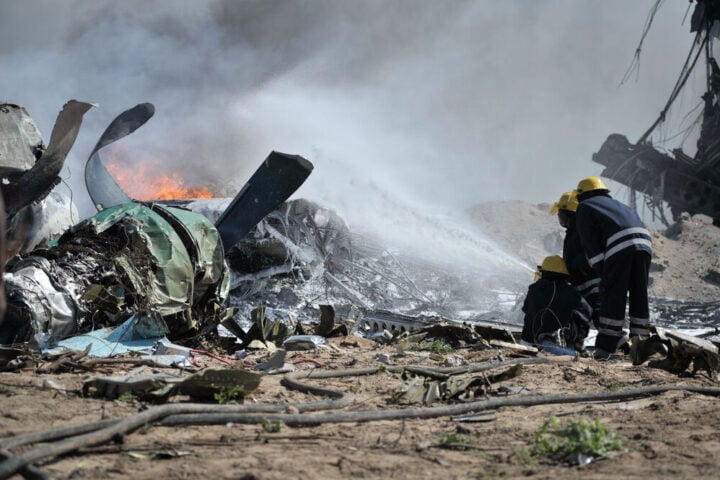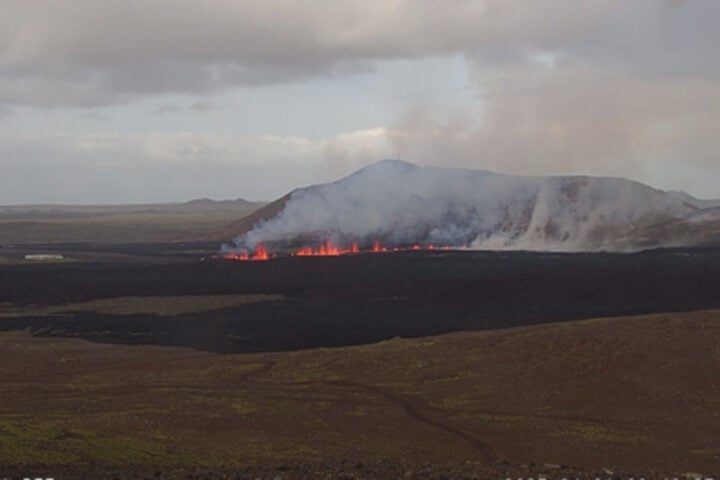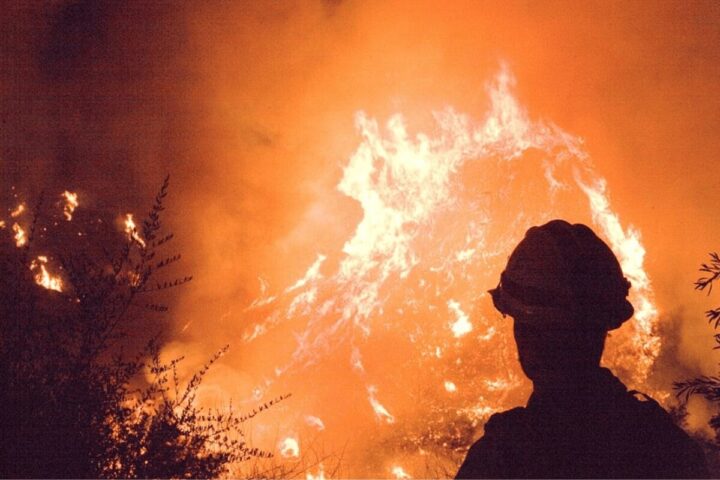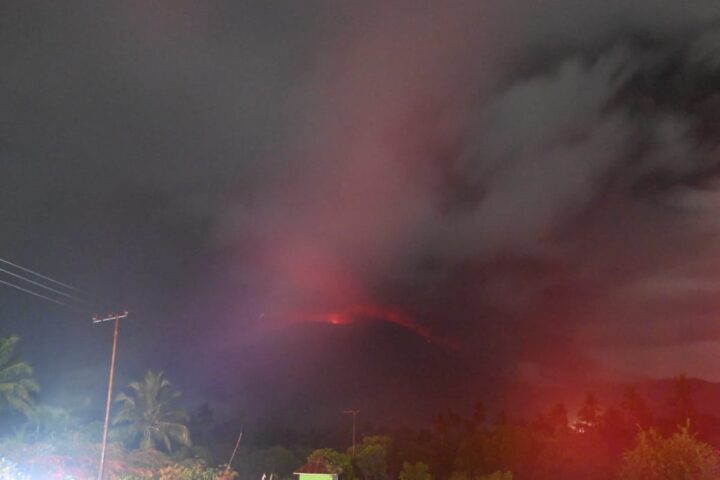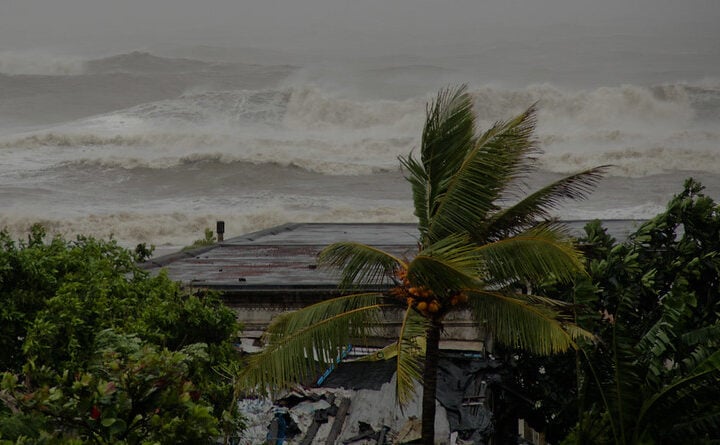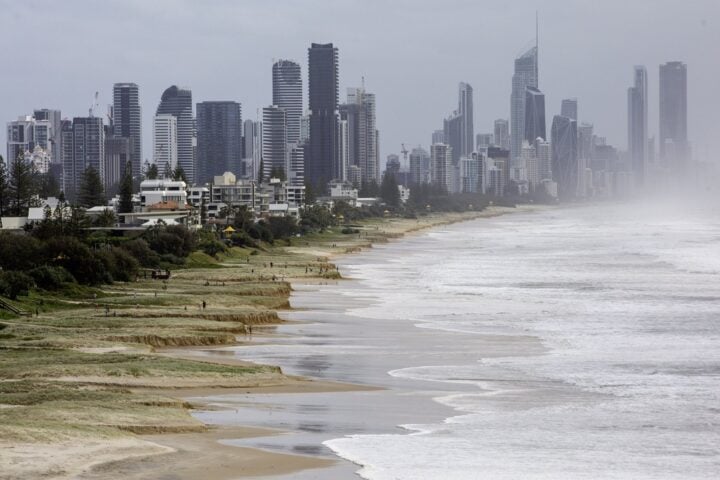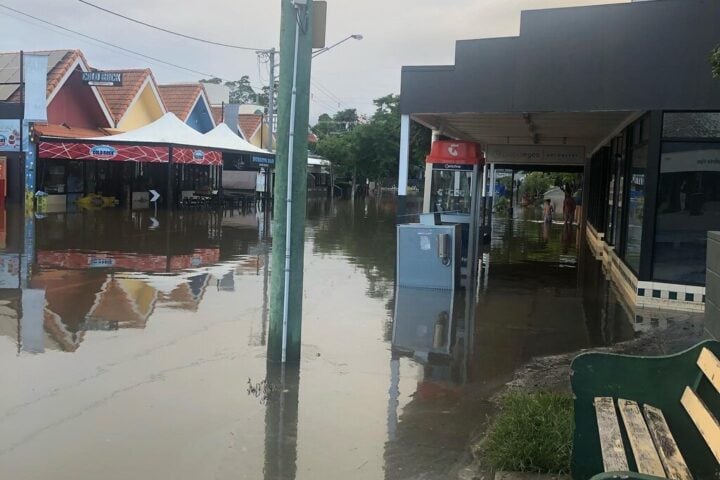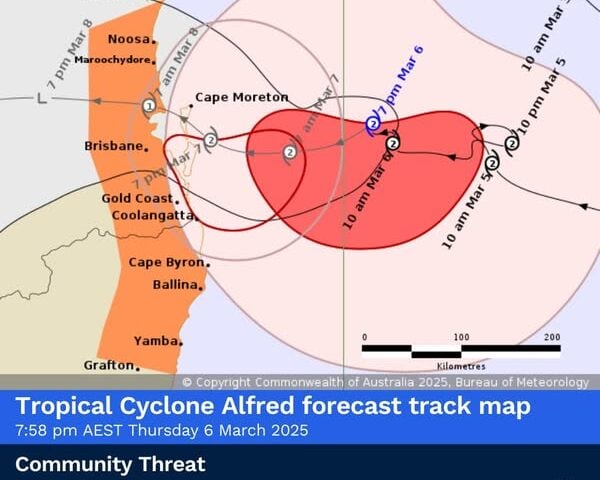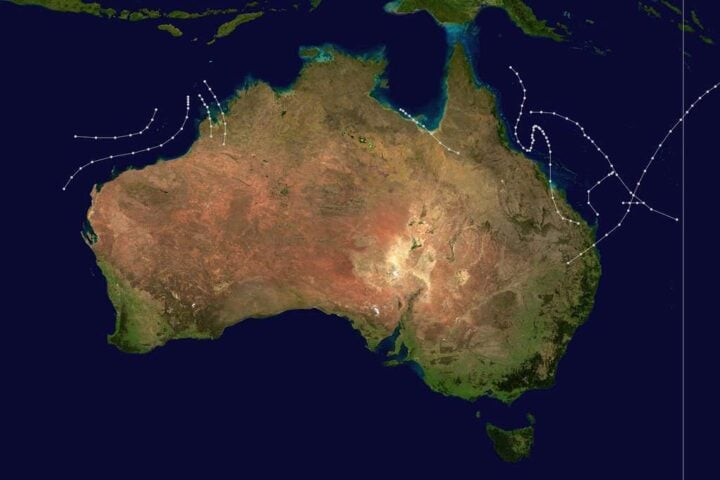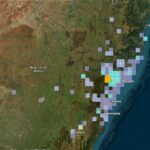A 6.9-magnitude earthquake hit off the coast of Papua New Guinea early Saturday morning, triggering temporary tsunami warnings for the region. The quake struck at 6:04 am local time near the southern coast of New Britain island, according to the United States Geological Survey (USGS).
Initially reported as magnitude 7.1, the USGS later revised the quake’s strength to 6.9. Reports about the earthquake’s depth varied between 10km and 49km, highlighting common discrepancies in early seismic measurements.
The Pacific Tsunami Warning Center immediately issued alerts warning of potential waves up to three meters high along parts of Papua New Guinea’s coastline and smaller 0.3-meter waves for the nearby Solomon Islands. These warnings were later cancelled after officials determined the threat had passed.
Raphael Sislelrea, who manages a resort near the epicenter in Pomio district, reported that residents were frightened but no building damage occurred. “People were sleeping when it happened and they all ran outside,” he told ABC. “Everyone was scared, but everything is OK. It’s back to normal now.”
Similar Posts:
The tremor was reportedly felt as far away as Port Moresby, Papua New Guinea’s capital, located approximately 620 kilometers from the epicenter. Multiple aftershocks ranging between magnitudes 4.9 and 5.3 followed the main quake.
New Britain island, home to over 500,000 people, sits on the “Pacific Ring of Fire,” a horseshoe-shaped band of seismic activity encircling the Pacific Ocean where much of the world’s earthquake and volcanic activity occurs. This active zone forms where tectonic plates collide or slide past each other, creating the conditions for powerful earthquakes and volcanic eruptions.
Papua New Guinea has a history of destructive earthquakes. In March last year, a magnitude-6.9 quake killed three people and destroyed around 1,000 homes in East Sepik province.
Australia’s Bureau of Meteorology confirmed there was no tsunami threat to Australia, and no warning was issued for New Zealand.
While the immediate danger has passed, experts note that minor sea fluctuations may continue for a few hours in the affected areas, and residents should remain vigilant for any changes.
Frequently Asked Questions
How strong was the earthquake that hit Papua New Guinea?
The earthquake that hit off the coast of Papua New Guinea on April 5, 2025, had a magnitude of 6.9 on the Richter scale. It was initially reported as a 7.1 magnitude quake, but the United States Geological Survey (USGS) later revised it to 6.9. This is still considered a strong earthquake capable of causing significant damage in populated areas.
Was there a tsunami after the Papua New Guinea earthquake?
While tsunami warnings were initially issued following the earthquake, no significant tsunami occurred. The Pacific Tsunami Warning Center issued alerts warning of potential waves up to three meters high along parts of Papua New Guinea’s coastline and smaller waves for the nearby Solomon Islands. However, these warnings were later cancelled after officials determined the threat had passed.
Were there any casualties or major damage from the earthquake?
According to the initial reports, there were no immediate reports of casualties or major structural damage from this particular earthquake. Local residents reported feeling the quake and evacuating buildings as a precaution, but the situation returned to normal shortly after. This is fortunate considering the strength of the earthquake.
Why does Papua New Guinea experience so many earthquakes?
Papua New Guinea sits on the “Pacific Ring of Fire,” a horseshoe-shaped zone of intense seismic and volcanic activity that encircles much of the Pacific Ocean. This region is where several tectonic plates meet and interact, causing frequent earthquakes and volcanic eruptions. The collision and subduction of these plates create the conditions for powerful seismic events in the region.
Was Australia affected by the Papua New Guinea earthquake?
No, Australia was not affected by the earthquake or any potential tsunami. Australia’s Bureau of Meteorology confirmed there was no tsunami threat to Australia, despite being Papua New Guinea’s closest neighbor. Similarly, no warning was issued for New Zealand.
What should people do during and after an earthquake in coastal regions?
During an earthquake, people should “drop, cover, and hold on” – get under sturdy furniture, protect their head and neck, and hold on until the shaking stops. For those in coastal regions, after a strong earthquake, they should immediately move to higher ground in case of a tsunami, even if official warnings haven’t been issued yet. It’s important to follow instructions from local authorities and stay tuned to emergency broadcasts. After the immediate danger has passed, people should be cautious of aftershocks and check for injuries and damage.
